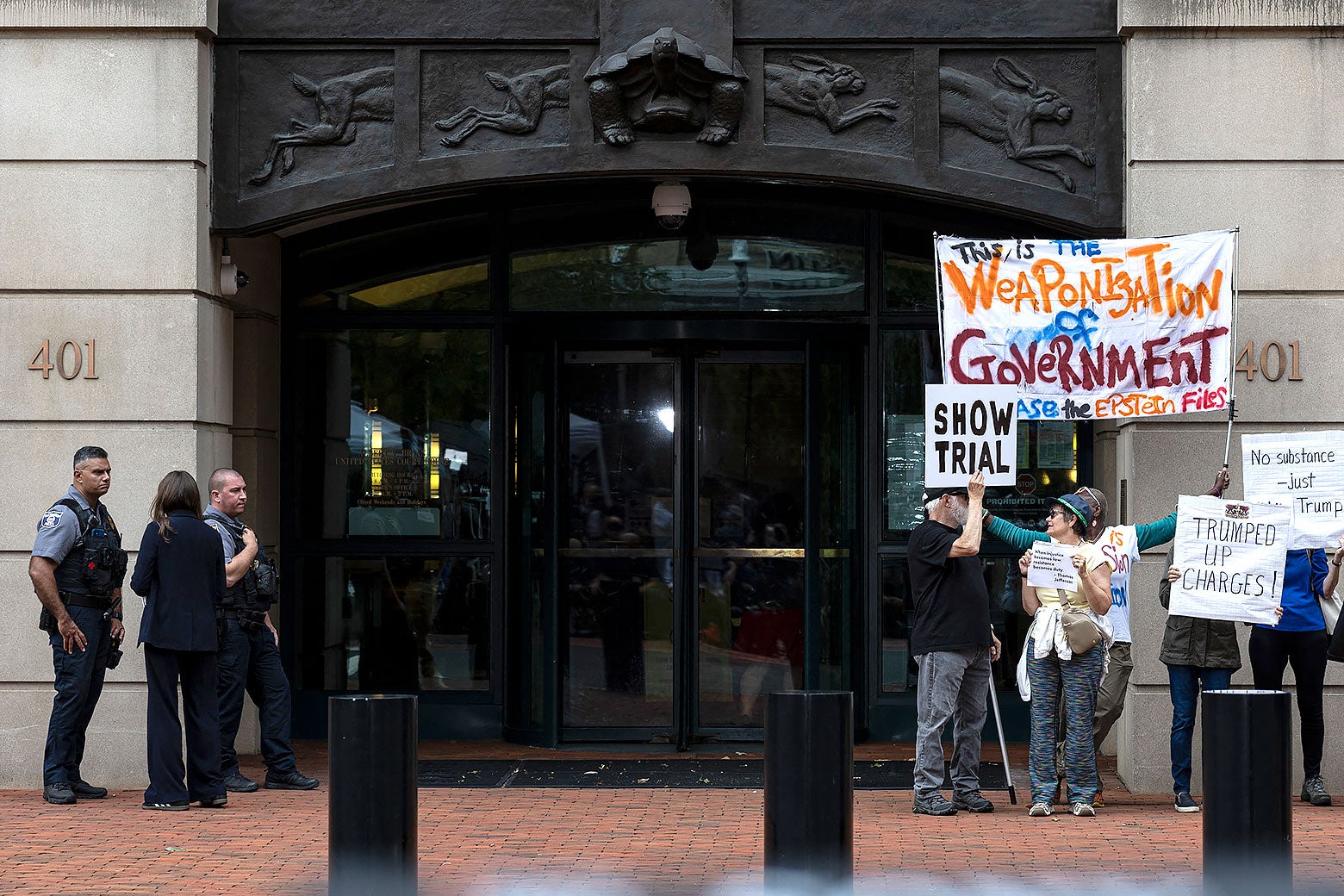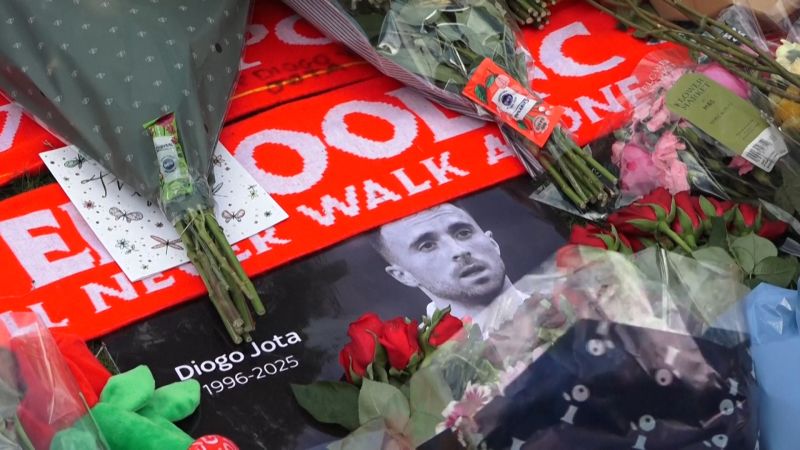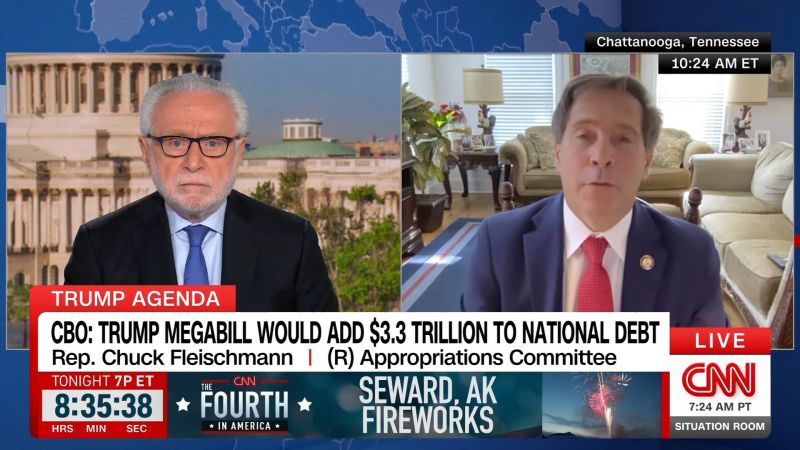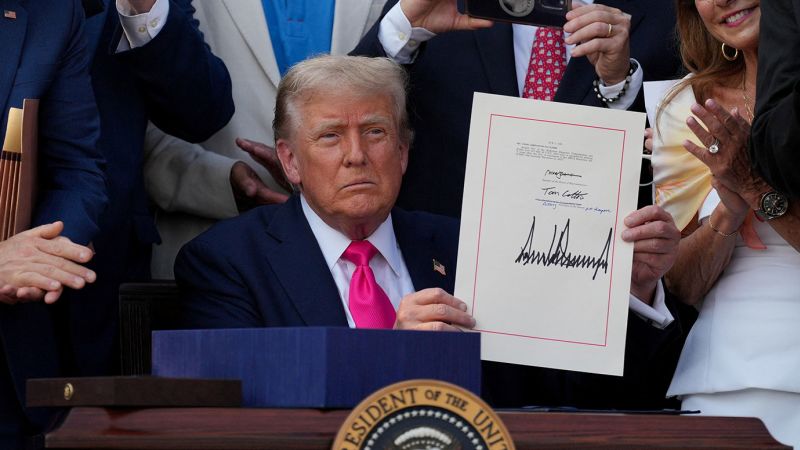Henry Louis Gates Jr. Presents Ancestry to Pope Leo XIV in Rome
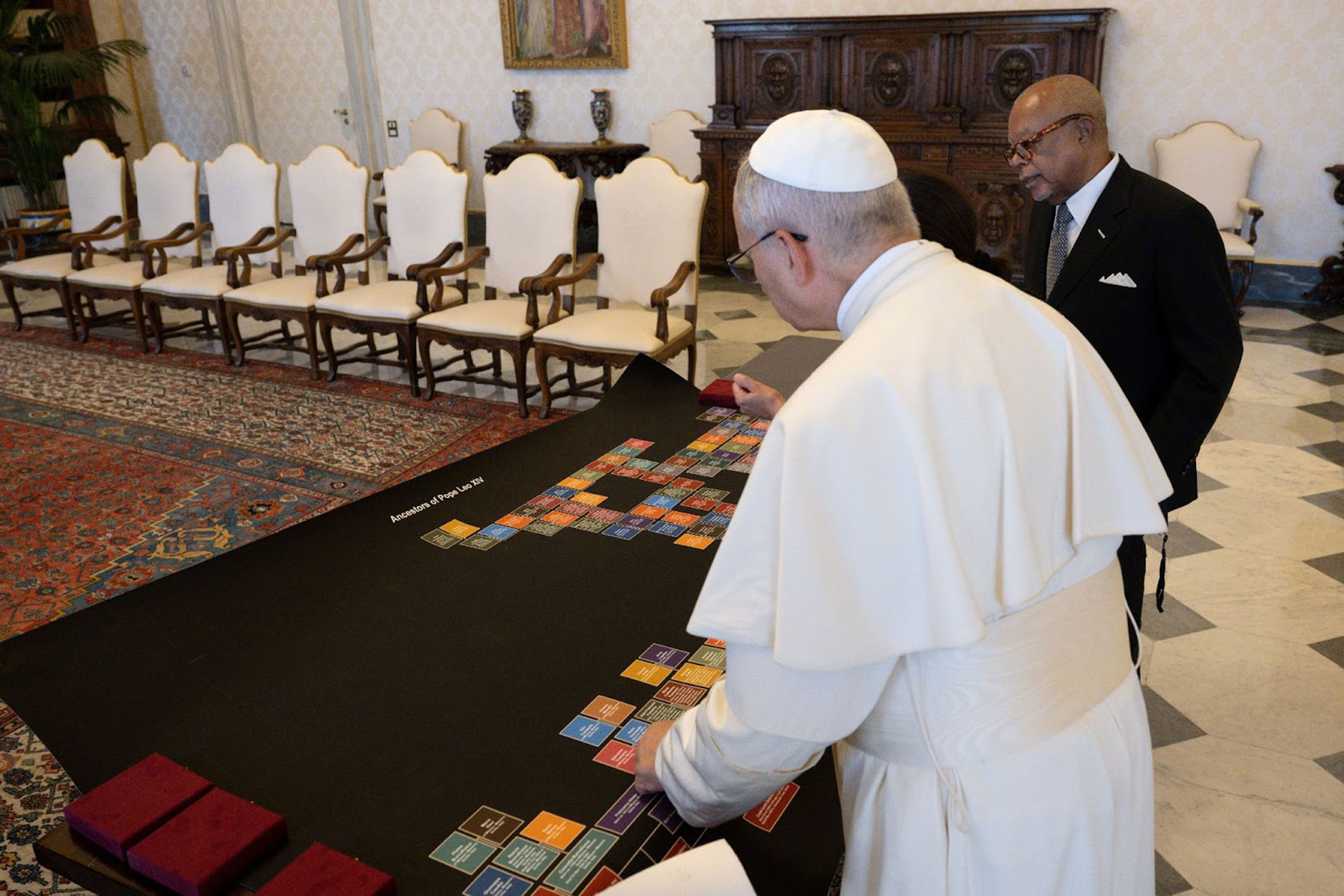
On July 5, 2025, noted scholar Henry Louis Gates Jr. met with Pope Leo XIV in Vatican City to present a detailed family tree tracing the pontiff’s ancestry. This unique encounter followed Gates’ research for an article published in The New York Times Sunday Magazine, where he explored the pope’s genealogical background.
A Unique Audience with the Pontiff
The meeting was a culmination of Gates’ meticulous research, which began shortly after the pope’s election in May 2025. Following a tip from notable figures like Ford Foundation President Darren Walker and former New York Times Executive Editor Dean Baquet, Gates was prompted to investigate the new pope’s heritage, which includes roots in Black Creole New Orleans.
Accompanied by his wife, historian Marial Iglesias Utset, Gates brought along a 4-by-5 foot printout of the family tree, carefully produced with assistance from American Ancestors and the Cuban Genealogy Club of Miami. The couple had intended to vacation in Rome, but the chance to meet the pope provided an opportunity to share their findings directly.
“Having a private audience with the pope was one of the greatest honors of my life,” Gates remarked. He described Pope Leo XIV as witty, intelligent, and approachable, expressing delight in the research that Gates and Iglesias Utset had conducted. The brief meeting allowed the couple to discuss over 100 of the pope’s ancestors, many of whom hailed from France, Spain, Italy, the United States, and Cuba.
Exploring the Papal Ancestry
During their conversation, the couple engaged the pope in discussions about his heritage, focusing on his Spanish-speaking ancestors. Gates noted the pope’s fluency in Spanish, a result of his extensive service in Peru. “We were a tag team,” he recalled, with Gates addressing questions about English-speaking ancestors and Iglesias Utset providing insights into the pope’s Spanish lineage.
One notable ancestor mentioned was Antonio José de Sucre, a key ally of Venezuelan revolutionary Simón Bolívar. Gates highlighted Sucre’s role in combating colonialism in Latin America. “The pope was really happy about that,” he added, emphasizing the significance of this connection.
As the dialogue progressed, the pope inquired about the presence of enslavers among his ancestors and expressed curiosity regarding possible Haitian ancestry. Gates explained that one of the pope’s ancestors had immigrated to Haiti during the American Civil War before returning to New Orleans.
The findings shared during this meeting have sparked further genealogical research, with experts worldwide building on the work completed by Gates and his team. The encounter not only shed light on the pope’s roots but also highlighted the diverse and interconnected nature of his family history.
As their time together concluded, Gates articulated the essence of the pope’s role in today’s world. “I described him as our ecumenical pope, perfectly suited for this moment in history.” In a light-hearted exchange, Gates also presented a glossy copy of the article he authored, to which the pope humorously requested an autograph addressed simply, “To Pope Leo XIV.”
This meeting between a prominent scholar and the leader of the Catholic Church underscores the importance of heritage and the personal connections that transcend history. The experience has resonated deeply with Gates, marking a significant moment in his career and a unique chapter in the story of the Catholic Church.



